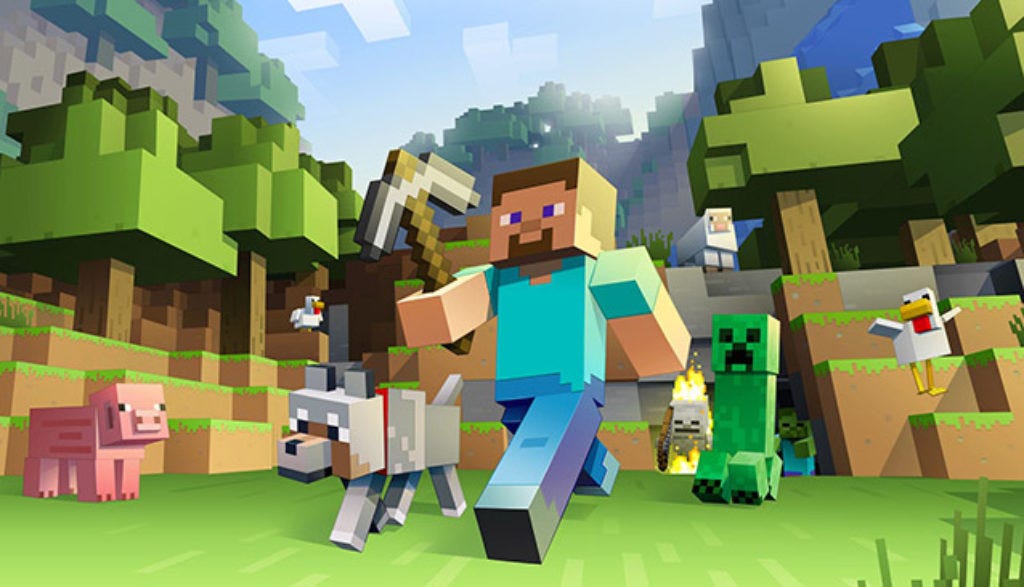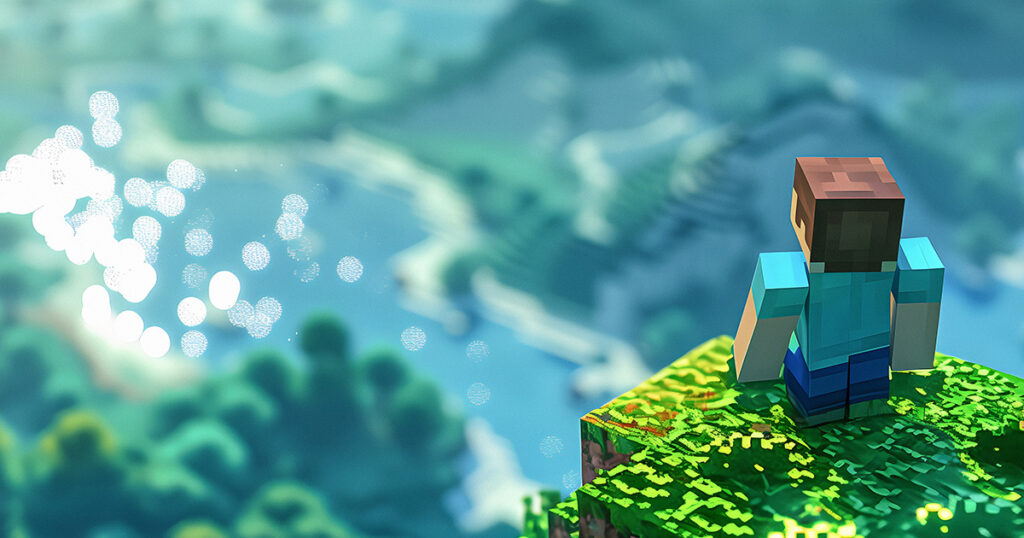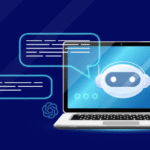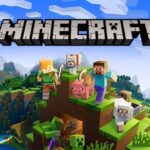Introduction
Minecraft has redefined the gaming industry—not just as a game, but as a creative platform. Its open-world sandbox design, simple mechanics, and limitless modding potential have inspired millions of players to imagine and build their own worlds. But what if you wanted to create a game like Minecraft yourself—without knowing how to code?
Thanks to today’s no-code and visual game development tools, it’s more accessible than ever to bring your own sandbox-style game to life. Whether you’re a hobbyist, student, teacher, or aspiring game designer, you now have the power to create interactive, block-based, or crafting-focused games—without writing a single line of code.
In this guide, we’ll explore the top tools that let you create a game like Minecraft without coding skills, breaking down their features, strengths, and use cases. Get ready to turn your creative vision into a playable reality—no programming required.
What Makes Minecraft So Unique?
Minecraft’s global success isn’t just because of its blocky graphics or survival gameplay—it’s the freedom to create, explore, and redefine the game itself that sets it apart. As a sandbox game, Minecraft gives players the ability to shape their own worlds, write their own rules, and even build entirely new game experiences within its framework.
One of the most defining features of Minecraft is its procedural world generation. Every new world is a unique blend of biomes, caves, mountains, and oceans, offering endless possibilities for exploration and creativity. This randomness ensures that no two player experiences are ever the same.
Another key element is building and crafting mechanics. Players can gather resources, construct shelters, forge tools, and even create functioning devices using Redstone logic. These mechanics blur the lines between play and creation, making it a favorite for both casual gamers and aspiring developers.
Additionally, Minecraft’s modding and customization potential is unparalleled. Players can alter textures, add new game modes, or even design their own mini-games using command blocks—all within the same platform. The ability to host servers and engage in multiplayer gameplay only expands its reach, turning it into a collaborative space for education, entertainment, and innovation.
In short, Minecraft is more than a game—it’s a creative ecosystem. And for those looking to build something similar without writing code, understanding these core elements helps identify which tools best replicate its magic.
Why Build Without Coding?
The idea of building a game like Minecraft is exciting—but for many aspiring creators, coding is a major barrier. Not everyone has the time, background, or interest in learning complex programming languages. That’s where no-code and low-code game development tools come in, opening the doors for creative individuals to bring their ideas to life—without writing a single line of code.
Accessibility for All
No-code platforms are designed for ease of use. Whether you’re a student, educator, artist, or gamer, these tools let you focus on creativity instead of technical syntax. Visual interfaces, drag-and-drop components, and pre-built assets make the game design process intuitive—even for complete beginners.
Focus on Creativity
Instead of worrying about scripts or debugging, you can spend more time designing worlds, setting rules, customizing characters, and perfecting gameplay. This makes it easier to test ideas, experiment, and iterate quickly—just like in Minecraft’s own creative mode.
Perfect for Prototyping and Learning
Even if you plan to learn coding in the future, no-code tools are excellent for prototyping. They help you understand core game mechanics like event triggers, game logic, player input, and UI flow. You’ll gain real game design experience with none of the initial technical overhead.
In essence, building without coding is not about limitations—it’s about empowerment. It gives more people the chance to express their creativity and build something meaningful, fun, and playable—just like Minecraft, but on their own terms.
Top Tools to Create a Minecraft-Like Game without Coding
If you’re inspired by Minecraft’s open-ended gameplay and want to build something similar without touching a single line of code, the good news is—you can. Thanks to a growing ecosystem of no-code and visual game development tools, even non-programmers can design sandbox-style games, voxel worlds, or adventure experiences. Below are the top tools that empower you to create your own Minecraft-like game without needing coding skills.

1. Core by Manticore Games
Core is a powerful, free platform that allows you to create 3D multiplayer games using visual tools and community assets. Built on Unreal Engine, it supports sandbox-style mechanics, building systems, and even custom terrain editing.
- Best for: Multiplayer sandbox games
- No-code features: Drag-and-drop UI, built-in templates, visual logic scripting
- Bonus: You can publish and monetize your game through the Core platform.
2. Gamefroot
Gamefroot is a web-based game creation tool focused on educational and creative development. While it’s primarily 2D, its user-friendly visual scripting system is ideal for beginners.
- Best for: 2D sandbox or crafting-style games
- No-code features: Visual scripting editor, asset libraries, tutorial templates
- Bonus: Frequently used in schools for STEM and game design programs.
3. Roblox Studio (With Minimal Scripting)
Though not strictly no-code, Roblox Studio enables users to create games with minimal scripting. It supports advanced logic and building mechanics, perfect for replicating Minecraft-like experiences.
- Best for: Social and interactive games, mini-game hubs
- No-code elements: Object properties, visual interface, ready-to-use scripts
- Bonus: Massive player base and monetization options via Roblox marketplace.
4. Tynker & Microsoft MakeCode
Tynker and MakeCode offer block-based coding environments ideal for young learners and beginners. They also integrate with Minecraft: Education Edition, letting users create mods, custom items, and mechanics using visual coding blocks.
- Best for: Beginners, schools, Minecraft Education Edition users
- No-code features: Drag-and-drop coding, tutorials, Minecraft integration
- Bonus: Great for learning programming logic visually while having fun.
5. Buildbox
Buildbox is a true no-code game development engine designed for fast prototyping and 2D/3D game creation. While it doesn’t support voxel terrain natively, it’s ideal for creating simplified Minecraft-inspired experiences.
- Best for: Puzzle, adventure, and sandbox-style games without terrain generation
- No-code features: Visual editor, logic nodes, smart asset library
- Bonus: Publish directly to mobile and desktop platforms.
6. Kodu Game Lab
Kodu is a Microsoft platform aimed at young creators and educators. It provides a simple 3D environment where users can build games using a visual, rule-based system.
- Best for: Simple 3D games and learning environments
- No-code features: Visual logic rules, pre-made characters, terrain tools
- Bonus: Perfect for classroom settings or early-stage design learning.
Each of these tools has its strengths depending on your goals. Whether you want to build a voxel world, launch a multiplayer server, or teach game design in a classroom, there’s a solution that mirrors the freedom and creativity of Minecraft—without the need to write a single line of code.
Key Features to Look for in a Minecraft-Like Game Builder
When choosing a no-code tool to create a Minecraft-inspired game, it’s important to look beyond the surface and evaluate whether the platform supports the core features that make Minecraft so immersive and engaging. Not every game engine or visual editor will be able to replicate the full Minecraft experience, but the right combination of features can help you build something equally compelling.
1. Terrain and World-Building Tools
Minecraft’s signature appeal lies in its voxel-based worlds. A good game builder should offer terrain editing, block placement, and environment customization—ideally in 3D. Look for tools that support modular landscapes, procedural generation, or layered terrain design.
2. Inventory and Crafting Systems
If your goal is to simulate survival mechanics, your platform should offer inventory management, item collection, and crafting logic. While not all no-code tools include this by default, many allow you to simulate it using logic nodes or templates.
3. Multiplayer Capabilities
A huge part of Minecraft’s appeal is shared gameplay. If you’re building a social or cooperative experience, make sure the tool supports multiplayer networking, user accounts, or shared worlds.
4. Logic & Event Triggers
To build interactive systems—like doors, switches, enemies, or quests—you’ll need a visual scripting or event-based logic system. Platforms like Core or Buildbox provide visual tools that replicate this functionality without traditional coding.
5. Export and Sharing Options
A solid platform should let you publish your game to the web, mobile, or PC. Bonus points if it has a built-in marketplace or community where others can play and rate your game.
Choosing the right features ensures your Minecraft-style game is functional, flexible, and fun to build—no code required.
Bonus: Advanced Tools with Minimal Coding Required
While no-code tools are excellent for beginners, some creators eventually seek more control and flexibility. Fortunately, there are advanced game engines that require only minimal coding, thanks to built-in visual scripting systems. These platforms strike a balance between ease of use and creative freedom—perfect for creators who want to go beyond templates without diving deep into complex programming.
Unity + Bolt Visual Scripting
Unity is one of the most powerful game engines in the world, used by both indie developers and AAA studios. With Bolt (Unity’s official visual scripting tool), you can build complex game mechanics using a node-based interface—no C# required.
- Best for: 2D/3D games with modular systems, including sandbox or survival games
- Key Features: Visual event graphs, flexible logic, physics, animation tools
- Bonus: Extensive asset store and large support community
Godot + VisualScript
Godot is a free, open-source game engine that offers VisualScript, a node-based system similar to Bolt. It’s lighter than Unity but still powerful enough for voxel games, platformers, or exploration-based experiences.
- Best for: Indie developers looking for control without heavy coding
- Key Features: Scene system, drag-and-drop nodes, customizable UI
- Bonus: Active open-source community and zero licensing fees
Both tools offer a gentle transition from no-code to low-code development. If you’re serious about game design and want to grow your skills, these platforms are ideal stepping stones toward professional-quality game creation—while still keeping the barrier to entry low.
Tips to Start Building Your Minecraft-Like Game
Starting your journey to build a Minecraft-style game—without coding—can be exciting but overwhelming. Here are some practical tips to help you get started effectively and stay motivated throughout the process.
1. Start Small
Begin with a simple concept. Instead of creating an entire world, try building a single feature like a crafting system, a terrain editor, or a basic quest. This approach prevents burnout and gives you quick wins.
2. Use Templates and Tutorials
Most no-code tools come with pre-built templates, tutorials, or demo games. Use these to learn core features quickly and customize them to fit your idea.
3. Focus on Gameplay, Not Graphics
Don’t get lost in aesthetics. Minecraft succeeded because of its engaging gameplay, not ultra-realistic visuals. Prioritize mechanics that are fun and replayable.
4. Learn by Doing
Experiment. Tweak settings, try new logic paths, and see what happens. The best way to learn a tool is by using it hands-on.
5. Join Communities
Platforms like Core, Buildbox, and Roblox have active creator communities. Engage with others to share ideas, get feedback, and find solutions.
With the right mindset and tools, you can bring your Minecraft-inspired vision to life—no coding required.
Conclusion
Building a game like Minecraft no longer requires advanced coding skills or years of development experience. Thanks to a growing ecosystem of no-code and visual scripting tools, anyone with creativity and vision can start designing sandbox-style games from scratch. Whether you’re using drag-and-drop platforms like Core, Tynker, or Buildbox—or exploring visual scripting in Unity and Godot—there’s a tool tailored to your needs and skill level.
These platforms not only remove technical barriers but also empower creators to focus on gameplay, world design, and player experience, just like Minecraft did. From terrain building to crafting systems and multiplayer features, it’s entirely possible to recreate the Minecraft feel while putting your own twist on it. So don’t wait for the perfect moment or ideal idea. Pick a tool, start small, and begin your journey toward creating the next great sandbox experience—without writing a single line of code.



